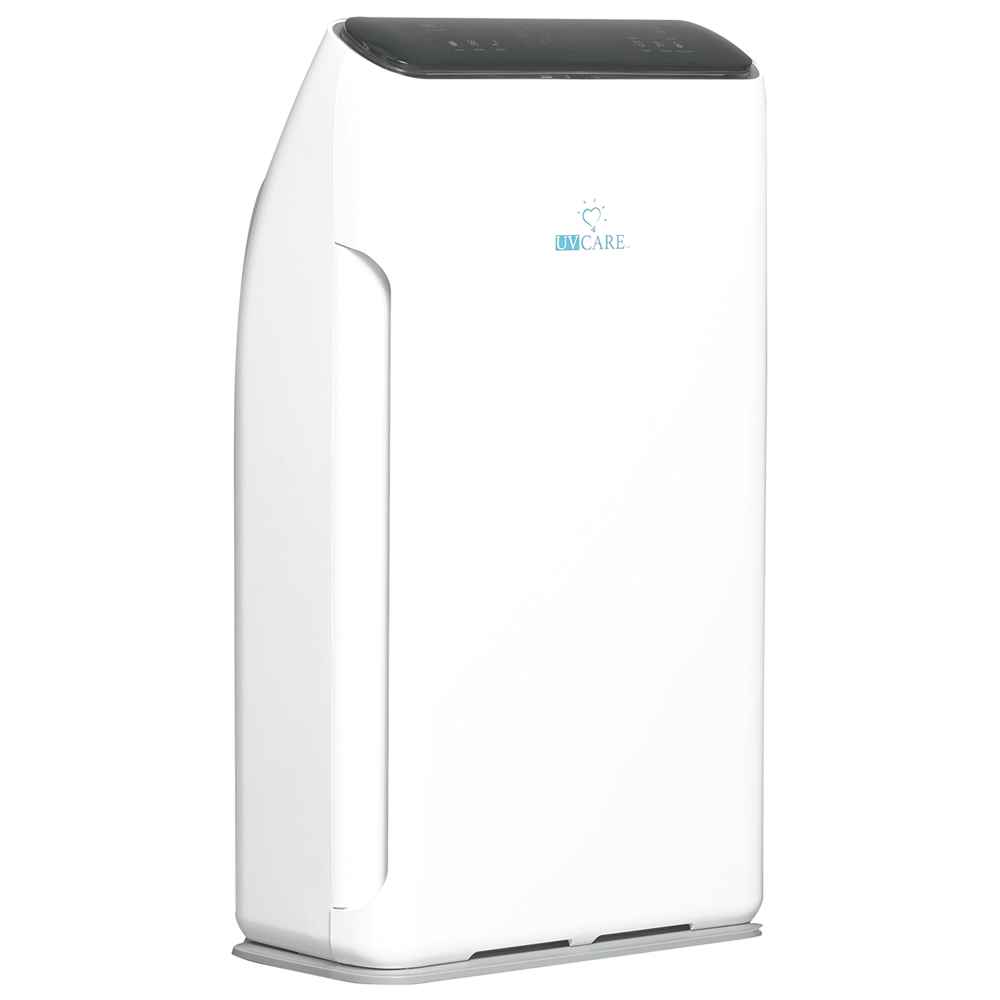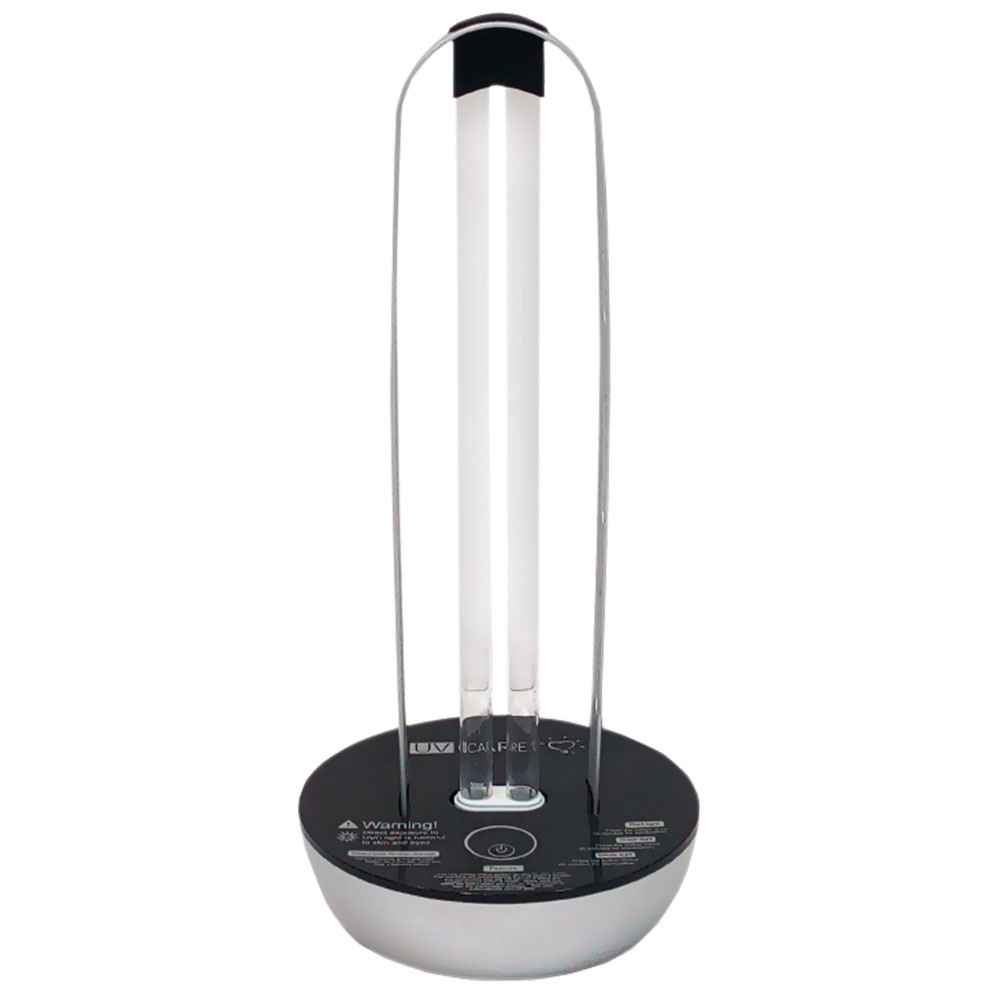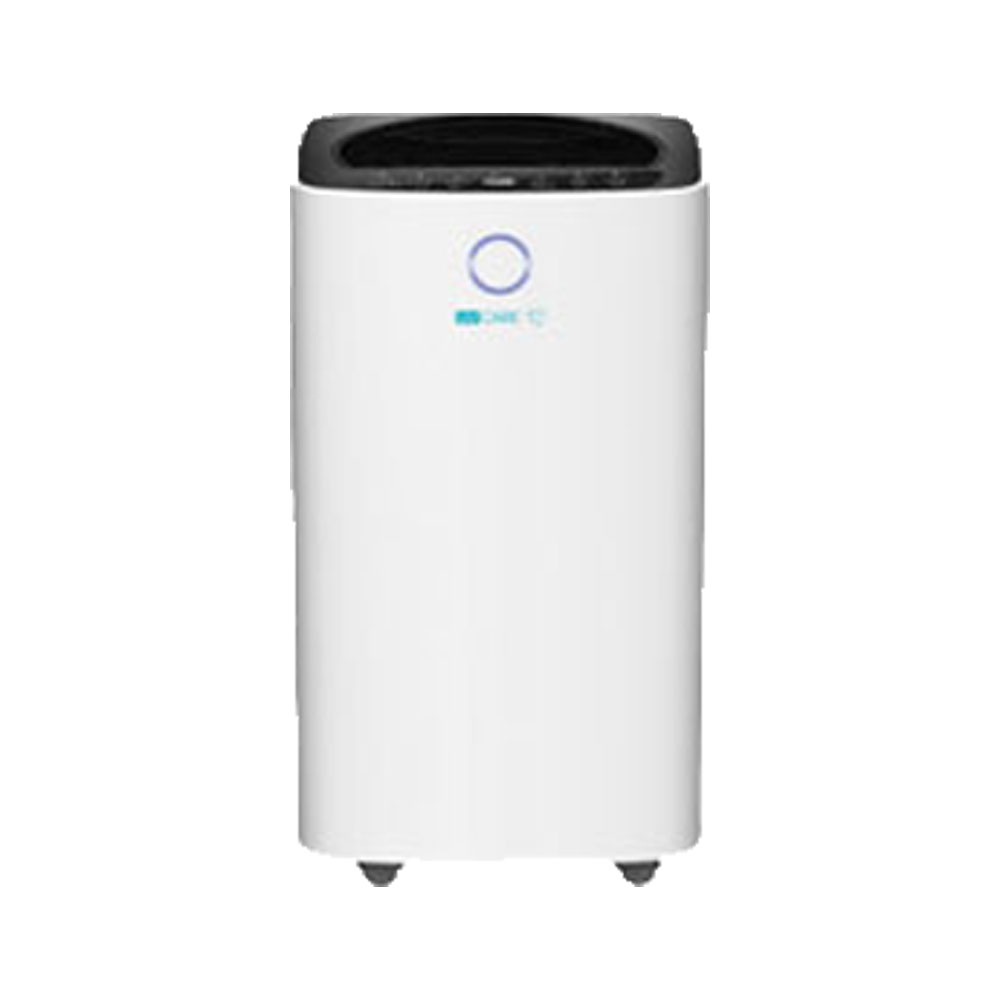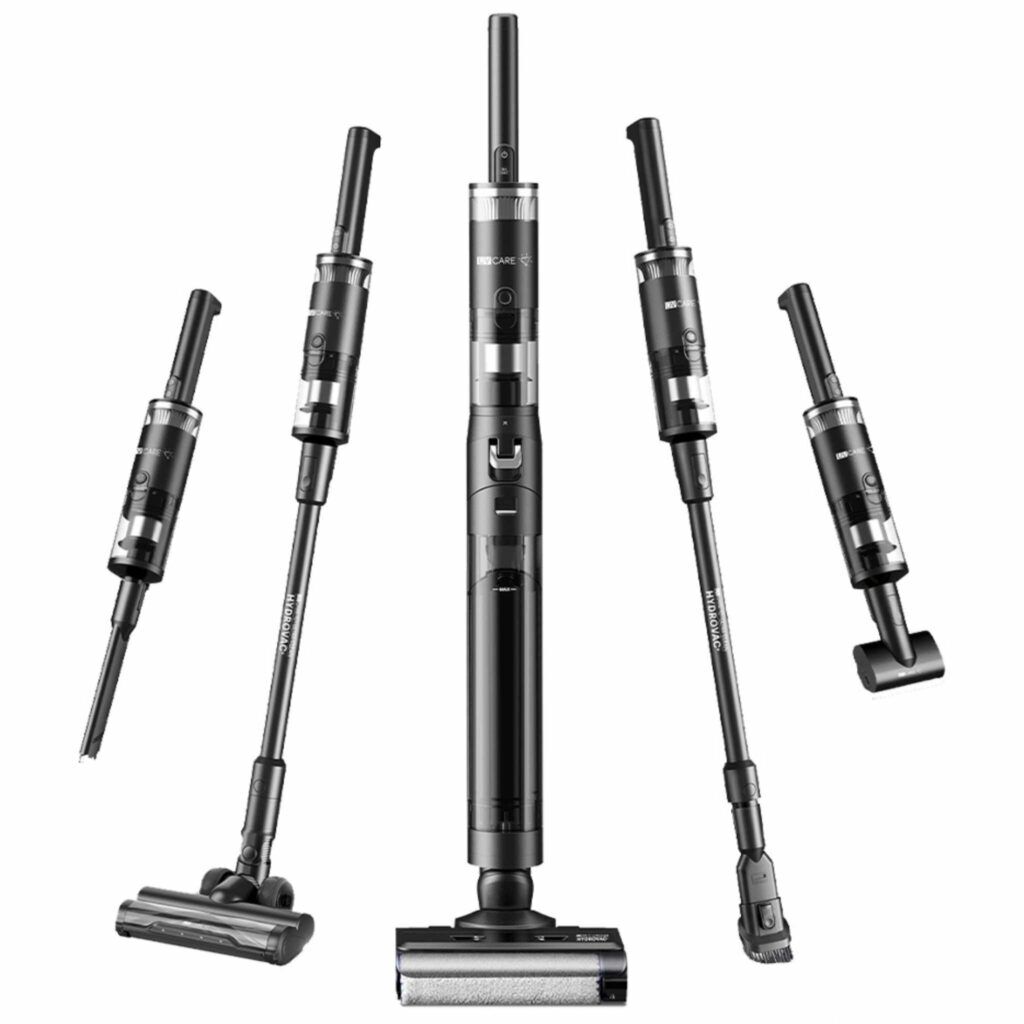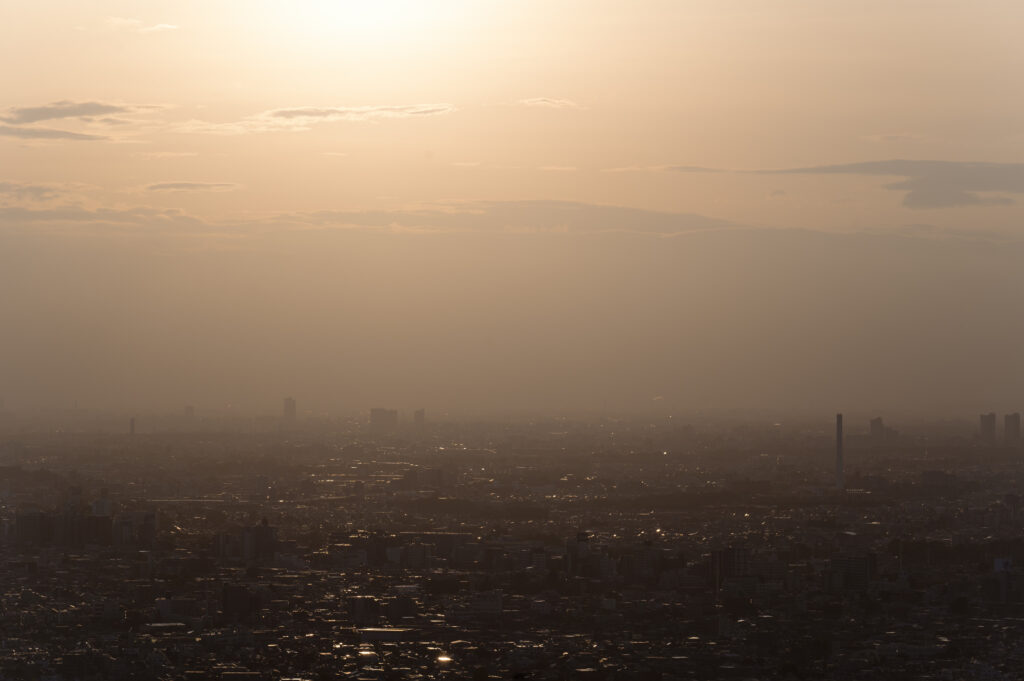
Understanding Urban Air Pollution in the Philippines
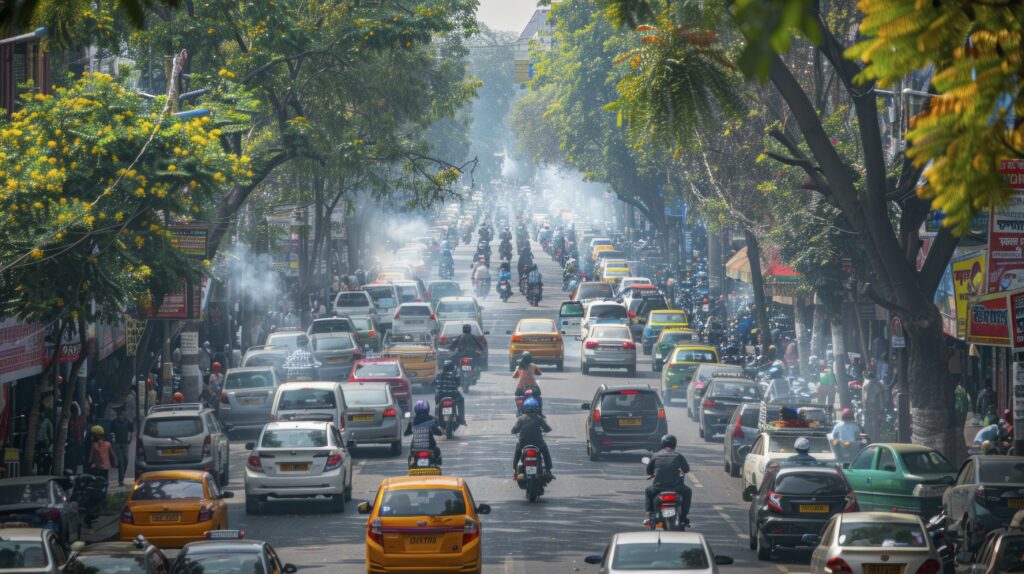
Before we get into how air purifiers help, it’s important to understand the scope of the problem. Urban air pollution in the Philippines is caused by a mix of factors, including:
- Vehicle Emissions: The sheer number of vehicles on the roads, especially in cities like Manila, contributes significantly to air pollution. Exhaust fumes release a mix of harmful gases and particulate matter (PM2.5 and PM10) into the air.
- Industrial Activities: Factories and industrial plants emit pollutants like sulfur dioxide (SO2), nitrogen oxides (NOx), and volatile organic compounds (VOCs), which contribute to smog and poor air quality.
- Construction Dust: Rapid urban development leads to an increase in construction projects, which generate large amounts of dust and other particulates.
- Household Emissions: Surprisingly, even activities at home like cooking, using certain cleaning products, and burning incense can contribute to indoor air pollution.
All these factors combined make urban air in the Philippines a significant health risk, particularly for those with respiratory conditions like asthma or allergies. But don’t lose hope just yet—there’s a solution!
The Role of Air Purifiers in Combating Urban Pollution
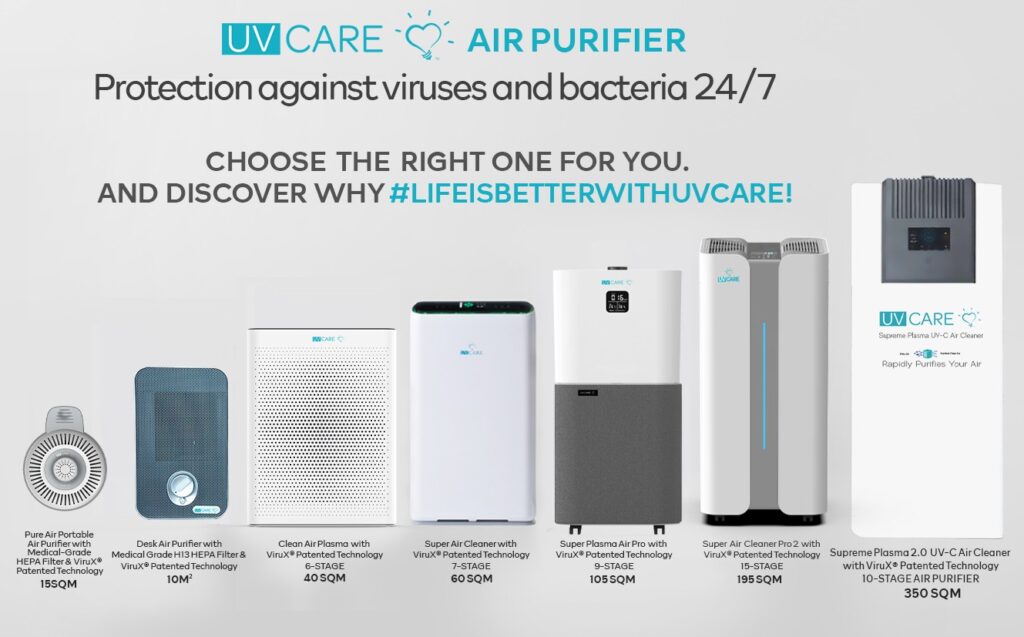
Air purifiers work by filtering out the harmful particles from the air, allowing you to breathe easier and reducing your exposure to pollutants. But how exactly do they combat urban air pollution? Here’s how
Filtering Out Particular Matter (PM2.5 and PM10)
Air purifiers are particularly effective at filtering out particulate matter, which includes PM2.5 and PM10 particles. These particles are tiny—so small that they can penetrate deep into your lungs and even enter your bloodstream, causing a range of health issues.
- PM2.5: These fine particles are 2.5 micrometers or smaller and can be inhaled deeply into the lungs, leading to respiratory and cardiovascular problems.
- PM10: Slightly larger, these particles can still cause issues, especially for those with existing lung conditions.
HEPA filters, a common feature in many air purifiers, are designed to capture these tiny particles, significantly reducing the amount of particulate matter you breathe in.
Removing Harmful Gases and VOC’s
Urban areas are rife with volatile organic compounds (VOCs) and other harmful gases like nitrogen dioxide (NO2) and sulfur dioxide (SO2). These pollutants can irritate your lungs, contribute to smog, and even cause long-term health issues like cancer.
Many air purifiers come equipped with activated carbon filters that absorb these harmful gases and VOCs, ensuring the air you breathe is not just free from particles but also from noxious fumes.
Neutralizing Indoor Pollutant
In urban environments, it’s not just the outdoor air that’s a problem—indoor air can be just as polluted. Activities like cooking, cleaning, and even using certain building materials can release harmful pollutants into the air.
- Cooking Fumes: Especially in small, enclosed spaces, cooking can release PM2.5 particles and VOCs. Air purifiers help by filtering these pollutants, keeping your kitchen air clean.
- Cleaning Products: Many cleaning products contain chemicals that release VOCs. An air purifier can capture these, reducing your exposure.
- Pet Dander and Dust Mites: In urban homes, pet dander and dust mites can contribute to poor air quality. HEPA filters in air purifiers can trap these allergens, making the air safer for allergy sufferers.
Reducing the Risk of Respiratory Diseases
Long-term exposure to urban air pollution has been linked to a range of respiratory diseases, from asthma to chronic obstructive pulmonary disease (COPD). By using an air purifier, you can reduce your exposure to harmful pollutants and potentially lower your risk of developing these conditions.
- Asthma Relief: For those with asthma, air purifiers can make a significant difference by removing common triggers like dust, pollen, and smoke.
- Protection for Children and the Elderly: Young children and the elderly are particularly vulnerable to air pollution. An air purifier can help protect these at-risk groups by providing cleaner air to breathe
Choosing the Right Air Purifier for Urban Living
Not all air purifiers are created equal, and choosing the right one for your needs is crucial, especially in an urban setting. Here’s what to consider:
- Filter Type: Look for air purifiers with HEPA filters to effectively capture fine particles like PM2.5. If you’re concerned about gases and VOCs, opt for one with an activated carbon filter as well. CADR (Clean Air Delivery Rate): This rating indicates how quickly an air purifier can clean the air in a room. Higher CADR ratings are better for larger spaces.
- Size and Portability: If you live in a condo or small apartment, you’ll want a compact air purifier that doesn’t take up too much space but still packs a punch.
- Smart Features: Some air purifiers come with smart features like air quality sensors and app controls, which can be especially useful in urban settings where air quality can fluctuate throughout the day.
- Fortunately, all these features are in UV Care Air Purifiers
The Best Practices for an Allergen-Free Home
Beyond Vacuuming
Vacuuming is just one part of keeping your home allergen-free. Here are some additional tips:
- Damp Dusting: Use a damp cloth instead of a dry duster to avoid stirring up dust.
- Wash Bedding Regularly: Clean sheets, pillowcases, and duvet covers weekly in hot water.
- Control Humidity: Use a dehumidifier to keep humidity levels low and discourage dust mites.
- Keep Pets Clean: Regularly groom and bathe your pets to reduce dander.
Creating an Allergy-Free Sanctuary
- Choose Hard Flooring: Carpets can harbor dust mites and other allergens. Consider switching to hard floors.
- Use Allergen-Proof Covers: Encase mattresses and pillows in allergen-proof covers.
- Ventilation: Ensure good ventilation to reduce indoor humidity and allergen buildup.
FAQs About UV Care Air Purifiers
1. Can UV Care air purifiers really make a difference in heavily polluted urban areas?
Absolutely! While they might not solve the pollution problem entirely, air purifiers can significantly reduce your exposure to harmful particles and gases in your home, providing a safer environment for you and your family.
2. How often should I replace the filters in my air purifier?
This depends on the model and the air quality in your area, but generally, HEPA filters should be replaced every 6-12 months, and activated carbon filters every 3-6 months.
3. Are there any other ways to reduce indoor air pollution besides using an air purifier?
Yes, you can also reduce indoor pollution by ventilating your home regularly, using non-toxic cleaning products, and avoiding smoking indoors.

